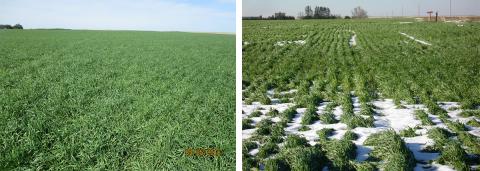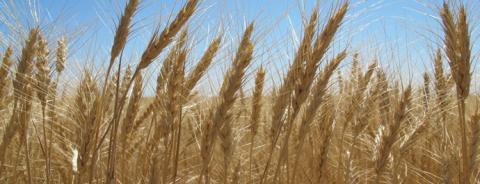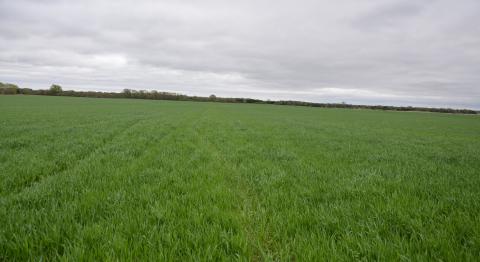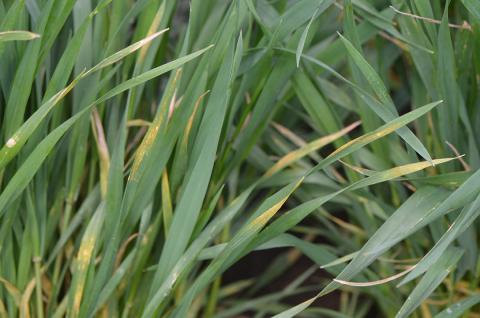Wheat Stem Sawfly Webcast Now Available
May 12, 2016
“Wheat Stem Sawfly in Wheat,” a webcast by Jeff Bradshaw, extension entomologist at the Panhandle REC, is now available on the Plant Management Network.
2016 High Plains Cropping School to Focus on Wheat, Field Peas
May 10, 2016
The 2016 Nebraska Panhandle Advanced Cropping School for Winter Wheat and Field Peas is an in-depth, field-oriented, hands-on workshop designed to teach the management of winter wheat and field pea production, including the diagnosis of production problems in the western Great Plains and Rocky Mountains. A special emphasis will be placed on stress-related problems that can cause yield reduction. The school will be held June 21-22 at the UNL Panhandle Research and Development Center at Scottsbluff.
6 Nebraska Wheat Variety Tours
May 10, 2016
Nebraska wheat growers can view and compare current and experimental wheat varieties and hear from researchers and specialists at six UNL Wheat Variety Trials to be held this June in west central Nebraska and the Panhandle. The June 15 tour at the Stumpf Wheat Research center at Grant will also include a field pea plot tour and presentations.
Stripe Rust Widespread in Wheat But Mostly At Low Levels
May 6, 2016
Report of this week's wheat disease survey: On May 3 stripe rust was observed for the first time at the UNL Havelock Farm in Lincoln, where incidence was low and severity ranged from trace to high. t the Agricultural Research and Development Center near Mead on May 3, infections had spread from small hot spots one to two weeks earlier to larger areas in research plots, and leaf damage was apparent Wheat growth stage at these two locations ranged from flag leaf emergence to heading. On May 5, field surveys found stripe rust to be widespread in the west central and southern Panhandle of Nebraska. The flag leaf had not emerged or was just starting to emerge in these parts of the state. Wheat mosaic virus was identified in Deuel County.

Above Average Wheat Yields Expected Across Nebraska
May 5, 2016
Although Nebraska’s planted wheat acres are at record lows, producers should expect high yields. Favorable growing conditions, including a mild winter and abundant precipitation, has Nebraska wheat positioned to achieve wheat yields not seen in the past five years. However, farmers should scout carefully for wheat rust and be prepared to treat any outbreaks in a timely manner.
Conditions Favorable to Disease Growth in Wheat
April 29, 2016
Wheat field surveys in southeast and south central Nebraska (Lancaster, Saunders, Saline, Filmore, Thayer, Nuckolls, Webster, and Clay counties) on April 27-28 found little disease in growers’ fields. The wheat crop looked healthy and was growing vigorously (Figure 1) thanks to the recent rains.
After Rains, Some Wheat Diseases Increasing
April 22, 2016
Following rains across much of the state last week, wheat diseases appear to be increasing, based on field surveys this week. Reported diseases include powdery mildew, stripe rust, and leaf spot.

ARS Lincoln Research Leads to Whiter Wheat
April 20, 2016
Getting rid of gray discoloring in foods such as fresh noodles, breads, and refrigerated biscuits is now possible, thanks to a new white hard wheat breeding line developed by USDA scientists in Lincoln.





